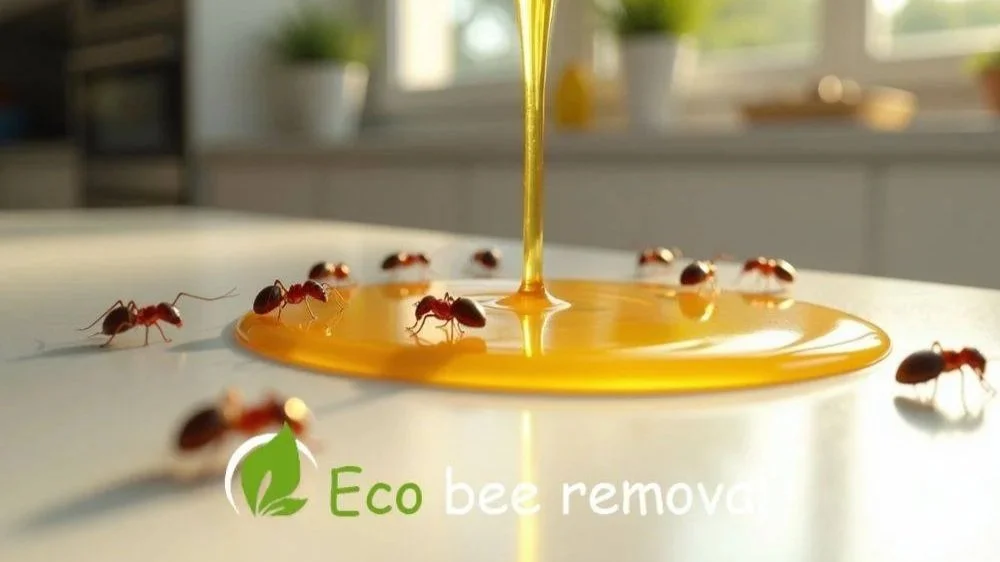How Leftover Honey Can Attract Pests and Mold in Homes.
Honey is nature’s sweetest gift — a golden treat that never truly spoils. However, when left unattended inside your home, especially after a bee infestation or hive removal, leftover honey can quickly turn from sweet to sour. It attracts a variety of pests and even promotes mold growth if the environment is humid, as is often the case in most parts of Florida.
Many homeowners assume that once bees are gone, the problem is over. But the leftover honeycomb and residue inside walls, attics, or crawl spaces can invite new infestations and damage your home’s structure. Let’s dive deeper into how this happens and how to prevent it.
Why Leftover Honey Attracts Pests
Honey is rich in sugars and organic compounds, making it irresistible to many household pests. When a bee colony is removed but the hive and honey are not properly cleaned, the scent lingers — and that sweet aroma attracts more than just bees.
1. Ants
Ants have an extraordinary sense of smell. Even a small drop of honey can bring hundreds of them marching in. They’ll follow scent trails from outdoors into your walls, cupboards, or ceilings where honey residue remains.
2. Cockroaches
Cockroaches are drawn to sugary and sticky residues. Honey left behind in a wall cavity can provide a food source for these pests for weeks, helping them breed and multiply quickly.
3. Rodents (Rats and Mice)
Mice and rats are opportunistic feeders. The strong, sweet smell of leftover honey can attract them to attics and wall voids. Once inside, they chew through insulation and wiring, creating fire hazards and structural damage.
4. Wax Moths and Beetles
If any part of the old hive remains, wax moths and hive beetles can invade. These pests feed on beeswax, honeycomb, and pollen residues, causing an unpleasant odor and mess as they multiply.
Honey bees collecting nectar on a rooftop hive in an urban Florida city environment.
🍯 The Science Behind Honey and Mold Growth.
Although pure honey has natural antimicrobial properties, once it’s exposed to moisture and air, it changes. When honey absorbs humidity (especially in Florida’s warm climate), it begins to ferment and grow mold or yeast.
How Mold Starts:
When honey remains sealed inside a wall or attic, it can absorb moisture from condensation or leaks.
Over time, it ferments, producing gases and odors.
The sticky material then becomes a perfect surface for mold spores to grow.
Mold from old honeycomb can spread through walls and ceilings, triggering allergies, breathing problems, and structural decay.
Leftover Honey After Bee Removal: The Overlooked Problem
Many DIY bee removal attempts fail because people seal the entry point or remove visible bees. However, the hidden hive and honey remain inside.
Even professional exterminators who kill bees instead of relocating them often leave behind dead insects, honey, and wax — which quickly rot, attracting new pests.
Common areas where leftover honey hides:
Inside attic insulation
Behind drywall or brick
In soffits or roof cavities
Around chimneys or vents
If the hive isn’t fully extracted and the area sanitized, you’ll likely face a chain reaction of pest issues soon after.
Signs You May Have Leftover Honey in Your Home.
If you’ve recently had a bee issue or removal service, watch for these signs:
Sticky residue or dark stains on walls or ceilings.
Persistent sweet or sour odor, especially in warm weather.
Increased insect activity (ants, roaches, flies) near old hive sites.
Mold or mildew spots are appearing near where bees once nested.
Buzzing or scratching sounds inside walls — could be new pests attracted by the smell.
If you notice any of these signs, it’s time to act quickly before the problem worsens.
Eco-Friendly Ways to Clean and Prevent Honey Residue Problems
At Eco Bee Removal, we always recommend live bee relocation followed by a thorough cleaning and deodorizing of the affected area. This not only protects your property but also preserves the environment and local bee populations.
Here are some key steps to prevent leftover honey issues:
1. Hire Professional Bee Removal Experts
Never try to remove a hive yourself. Professionals use safe, eco-friendly methods to remove the bees alive, extract all honeycomb, and clean the area thoroughly.
2. Deodorize and Sanitize the Space
After the hive is removed, the cavity should be treated with natural enzyme cleaners or mild disinfectants to eliminate the sweet scent that attracts pests.
3. Repair and Seal Entry Points
Once the area is clean and dry, seal it with eco-friendly caulk or foam insulation to prevent pests or new swarms from returning.
4. Control Humidity
If you live in a humid region like Miami, Fort Myers, or Orlando, use a dehumidifier in attics or basements to keep moisture levels low. This helps prevent both mold and pest attraction.
5. Inspect Regularly
Even after removal, check the area every few months for stains, odors, or pest activity — early detection saves time and money.
Eco-friendly bee removal technician cleaning leftover honeycomb from Florida attic wall.
The Hidden Dangers of Ignoring Leftover Honey
Leaving honey behind may seem harmless, but the consequences can be serious:
Structural Damage: Honey seepage can stain drywall, wood, and ceilings.
Health Risks: Mold from fermenting honey can worsen allergies or asthma.
Pest Infestation: Ants, rodents, and roaches can turn one problem into many.
Recurring Bees: The smell of old honey attracts new swarms seeking a home.
Neglecting cleanup can cost hundreds or even thousands of dollars in repairs later. It’s always smarter — and cheaper — to handle it properly from the start.
Eco Bee Removal: Safe, Humane, and Complete Bee Removal Services in Florida
At Eco Bee Removal, we specialize in live bee relocation and eco-friendly cleanup. We don’t just remove the bees — we ensure your home is completely free from honey, wax, and any pest-attracting residue.
Our team provides:
✅ Complete hive removal and cleanup
✅ Safe, chemical-free solutions
✅ Bee-proofing and structural repair
✅ Free estimates and fast response
📞 Call (888) 282-1886 for same-day service in Florida
🌎 Visit www.ecobeeremoval.com
Conclusion: Don’t Let Honey Turn into a Home Hazard.
Leftover honey may look harmless, but it can quietly attract pests, rodents, and mold — turning your home into a hidden health risk. By choosing professional, eco-friendly bee removal, you protect your property, your family, and the bees themselves.
Next time you notice a hive or sticky residue, don’t ignore it — act fast and call an expert. Sweetness belongs in the jar, not in your walls.


